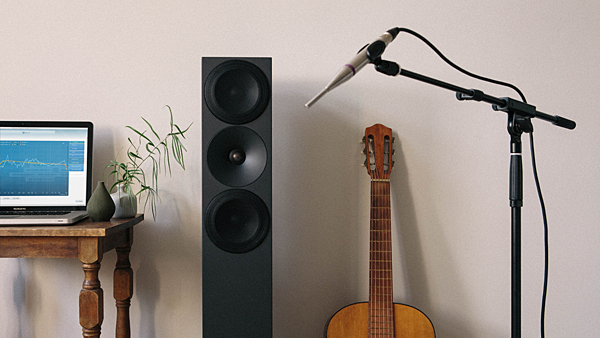

- #Mac sound settings for dirac live upgrade#
- #Mac sound settings for dirac live pro#
- #Mac sound settings for dirac live software#

The latest version adds to an already impressive featureset and workflow with the ability to customise the target curve in real time and limit the calibration frequency range, and introduces the new Translation Check feature, which switches between 20 playback device emulations – earbuds, TV, car, etc – for comprehensive mix checking.

The recently rebranded SoundID Reference (previously known as Reference 4) comprises a plugin for use in your DAW and a standalone app for system-wide correction, as well as the SoundID Reference Measure room calibration app and a measurement mic. Virtual Monitoring feature mimics the sound of various listening devicesįind out more: ARC System 3. High-precision multi-standard metering derived from T-RackS 5, offering Peak, RMS, LUFS and DR meteringĬorrection processor resolution: 32-bit floating pointĬorrection processor supported sampling rates: 44.1-192kHz Three different resolution/smoothing options Real-time spectrum analyser showing how the room is affecting the sound before correctionĪdjustable Low and Hi correction range to preserve monitor voicing Natural and Linear Phase modes for best L-R phase coherency High-quality frequency and time domain correction plugin Saves measurement sets to be opened with the ARC System Correction plugin Measurement precision when used with ARC System microphone: +/-0.5 dBĪlso works with any RTA microphone with or without calibration file Streamlined multi-point room measurement system based on 3D Volumetric Response Modeling technology
#Mac sound settings for dirac live pro#
Read now the Pro & Cons Of Speaker Calibration Software.ĪRC System 3 Analysis application features: If you’re considering introducing speaker calibration into your workflow, this article, weighing up the good and bad sides of the process, is a must-read. While, of course, it’s not possible to rewrite the laws of physics where room modes are concerned, today’s calibration systems can at least bend the rules slightly to help us get a flatter, more trustworthy response from our studio monitors. And that’s where speaker calibration comes in. Purpose-built recording studios and mixing rooms are designed to negate such issues as much as possible through carefully considered construction and high-end acoustic treatment, but getting anywhere near the optimum response in the home or project studio can be tricky, to say the least. This can make it difficult to accurately hear and appraise the true sound and nature of your output, resulting in mixes that might, for example, sound great in the studio but are either lacking in or overloaded with bass when played back through other systems. What Is Speaker Calibration And How Can It Help Improve The Quality Of My Mixes?Īny loudspeaker in a room will, to some extent, sound different to how it would in a perfectly anechoic space, due to the inevitable effect of reflections and room modes.
#Mac sound settings for dirac live upgrade#
In this feature, we’ll take a look at the most popular options to consider right now if you’re looking to incorporate speaker calibration into your workflow or upgrade your current calibration setup. Thanks to the rise of accessible speaker calibration systems, it really is now possible to counterbalance the dodgy interactions between your speakers and your room using any of a range of software- or hardware-based solutions.

In recent years, however, that disheartening situation has started to change. The compromised acoustics of the average home studio have always necessitated acceptance of the fact that what you’re hearing out of your monitors isn’t necessarily true to what’s going into them.
#Mac sound settings for dirac live software#
With software technology providing an embarrassment of riches when it comes to the music-making and mixing tools at our disposal, the only major hurdle most of us still face in getting our mixes sounding their best is the physical space in which we make them.


 0 kommentar(er)
0 kommentar(er)
